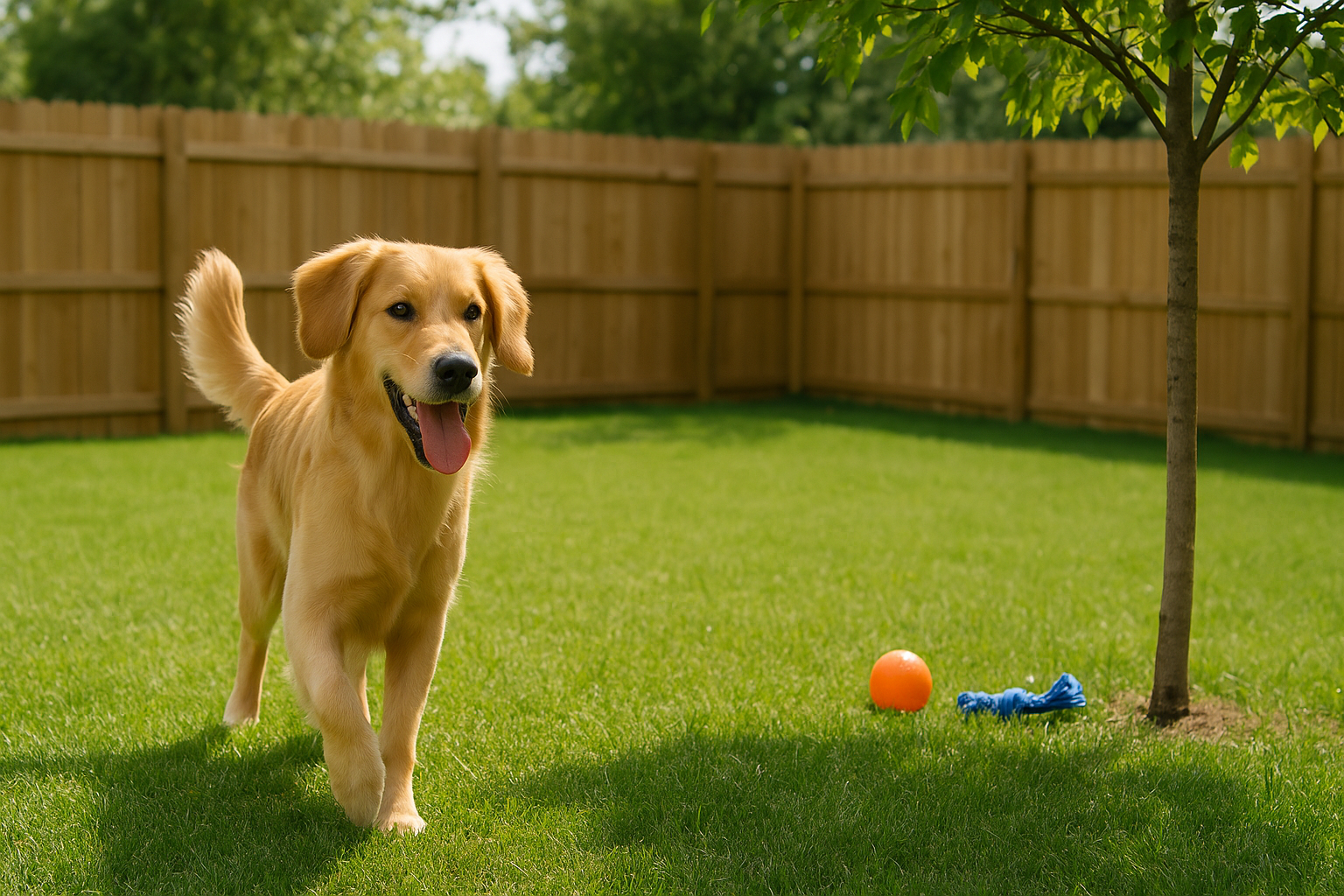Keeping your dog or cat active and happy is important for their health and well-being. Whether your friend is a tiny Chihuahua, a lively Corgi, an elegant Persian cat, or a large dog, it’s best to choose activities suitable for their size, age, and energy level. This not only makes the day more enjoyable, but also promotes a calmer home environment.
Active pets are healthier, less stressed, stronger, and enjoy a better quality of life. Here are some tips and exercise ideas you can do with your dog or cat to help them feel their best.
1. Why Exercise and Fun Are Important
Regular exercise helps maintain strong muscles, well-functioning joints, and a healthy heart. Just as exercise is vital, mental stimulation is equally essential: games and activities prevent boredom, reduce stress-related behaviors, and improve sleep. Engaging in these activities also helps strengthen your bond with your pet and teaches good manners.
2. Activities for Small Dogs and Cats
Small dogs and most cats enjoy playing for shorter periods but multiple times throughout the day. This helps keep their muscles strong and their minds sharp without overexerting them.
Suggested Daily Activities:
- 20 to 30 minutes total, divided into 2–3 sessions
- Short, fun walks on a leash (for dogs)
- Indoor games like fetch or tug-of-war
- Chasing rolling balls or laser dots
- For cats: climbing towers, want toys, puzzle feeders, or hide-and-seek with treats
It’s more important to play multiple times than for extended periods—these quick, fun sessions help pets stay happy and healthy.
3. Activities for Medium-Sized Dogs
Medium-sized dogs have plenty of energy and enjoy more challenging play. They thrive on variety, mixing exercise with problem-solving.
Suggested Daily Activities:
- 45 to 60 minutes total, divided as needed
- Brisk walks or light jogging
- Playing fetch, Frisbee, or tug-of-war outdoors
- Simple agility drills or obstacle courses in the yard
- Food puzzles or scent-tracking games
- Regular practice of basic commands to strengthen your bond and teach new commands
Many medium breeds love herding, chasing, or coordinating games that engage both body and mind.
4. Activities for Large and High-Energy Dogs
Large, athletic dogs require sustained daily movement to stay healthy and well-behaved. Without a positive outlet, excess energy can translate into frustration or destructive behaviors.
Suggested Daily Activities:
- 60 to 90 minutes total, split into manageable walks or adventures
- Long walks or hikes on soft ground
- Swimming, which is gentle on joints but excellent for building endurance
- Backyard obstacle runs or fetch in spacious areas
- Fun training sessions, such as agility or scent work, to stimulate their minds as well as their bodies
Incorporating breaks during play helps prevent injuries, especially for young large breeds or older dogs with joint concerns.
5. Considerations for Senior Pets
As pets age, their routines should change to ensure comfort, safety, and mobility. They can still enjoy play, but in shorter, gentler sessions.
Suggestions:
- Multiple short walks instead of one long trek
- Swimming or slow leash walks for low-impact movement
- Simple, safe indoor games (e.g., treat puzzles, gentle tug, rolling balls)
- Careful observation, pausing for signs of limping, heavy breathing, or reluctance to continue
Keeping their minds active through games and new experiences also helps prevent age-related cognitive decline.
6. Safety, Environment, and Equipment
Before starting new activities, consult your veterinarian—especially if your pet has health concerns, belongs to a flat-faced breed, or isn’t used to regular exercise. Always choose comfortable gear, like harnesses for leash walks, and keep water available. Watch the temperature of the ground and choose soft surfaces to protect sensitive paws.
7. Combining Training, Fun, and Connection
Turn the exercise into an opportunity to teach commands such as “sit,” “wait,” or “come.” Use praise and their favorite treats to reward them for following instructions. Incorporating these lessons into daily play helps build trust and improve behavior even when not formally training.
8. Making the Weekend More Fun
Outdoor Adventures:
- Try new walking trails, explore nature, or participate in group activities at a dog park.
Backyard Fun:
- Create mini obstacle tracks or use toys for relay-style games.
Indoor Enrichment:
- Build mazes at home, provide climbing furniture for cats, engage in treasure hunts (hide treats for them to find), or have “cat yoga” sessions—stretching and moving together with your pet.
9. At-a-Glance Daily Activity Guide
| Pet Type / Size | Daily Exercise Goal | Suggested Activities |
|---|---|---|
| Small Dogs & Cats | 20–30 minutes | Indoor play, short walks, want/laser toys, puzzle feeders |
| Medium Dogs (e.g., Corgis) | 45–60 minutes | Brisk walks, fetch, agility drills, scent games |
| Large or Energetic Dogs | 60–90 minutes | Long hikes, swimming, agility, advanced obedience/play |
| Senior Pets | Several short sessions | Gentle walks, light indoor play, enrichment puzzles |
Tips for Safe and Enjoyable Exercise
- Choose activities based on your pet’s breed, age, and health.
- Alternate between indoor and outdoor play to keep it fresh.
- Ensure they stay hydrated, avoid extreme temperatures, and monitor for signs of fatigue.
- Observe your pet closely, adjusting activities as needed for their mood or health changes.
- Utilize interactive toys and feeding puzzles to double the fun and mental challenge.
Special Attention:
A dynamic, enriched routine is key to a happy, healthy dog or cat. Engaging activities, plenty of playtime, and gentle teaching foster joy in pets and enhance your bond. If you need tailored activity ideas that fit your pet’s unique personality, I’m here to help!
